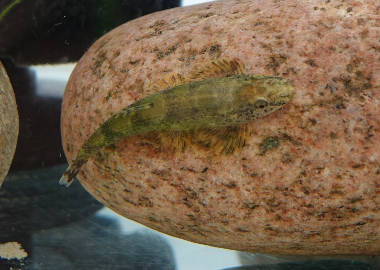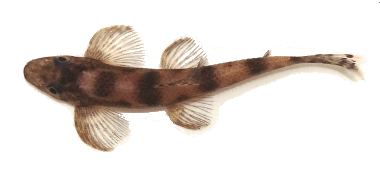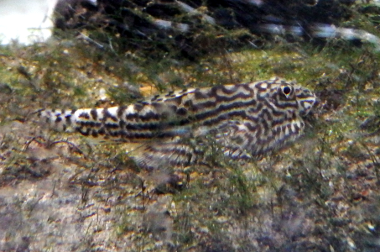
Adaptations for low drag, downforce and eddy use in hill stream loaches |
|||
|
We aim to test the hydrodynamics of hill stream loach fish, which are highly adapted to living in fast flowing water. Hillstream loaches are around 2cm long and live in streams where water flow is typically of the order of 2m/s, yet they are able to hold station and progress upstream against such flows. Their bodies are streamlined, with fins shaped and structured to generate downforce (wings, skirts, spoilers, passive and actively pumped diffusers, active suction), with roughened scale structures including riblets apparently designed to reduce turbulent drag, and surface structures apparently designed to reduce or eliminate flow separation. One very striking feature is that they are able to stick to the bottom, even in fast flow, even when dead. The aim of the project is to explore how they do this, by studying drag reduction, downforce generation and behavioural adaptations to flow. |
|
Contacts:
Related Websites |
|
 |
Balitorid loaches have been known to have interesting scale architecture for some time. The various genera of Ballitoridae exhibit varying degrees of adaptation to more linear (Homaloptera) or chaotic (Gastromyzon) flow regimes, so much so that they are identified phylogenetically by their skin architecture. These architectures are similar to those that reduce drag in Mako sharks and other fast pelagic predators. However, the hillstream loaches also exhibit features that are far more extreme than those of fast pelagic predators, suggesting that as yet unknown drag reducing properties remain to be discovered. The key difference between the environment of the hillstream loaches and of the Mako shark is the unpredictability of the flow direction, and there are clear ‘design’ features on the hillstream loaches that appear to be appropriate to provide drag reduction in the chaotic flows they encounter. |
 |
|
|
In addition to their remarkable skin architecture, hillstream loaches exhibit adaptations to their body morphology that appear appropriate to generate substantial downforce. In particular their bodies and fins are flattened to provide close contact with the ground surface. They have ‘skirt’ like features around the leading edge of the body and head that allow them to exclude flow from passing underneath them (like the splitter plates of touring cars, and the now banned ground effect skirts of past F1 cars). |
 |
||
| Here follow some more pictures of our fish. | |||
 |
|
|
|
|
|
|
|
|
|
|
|||